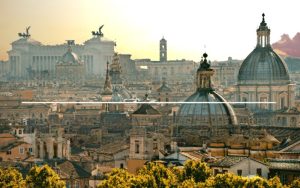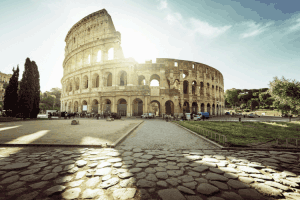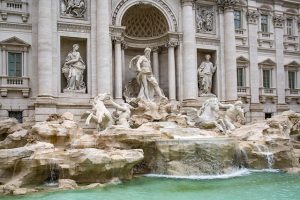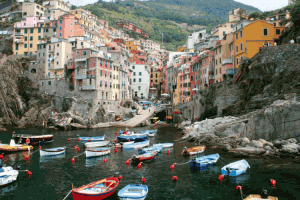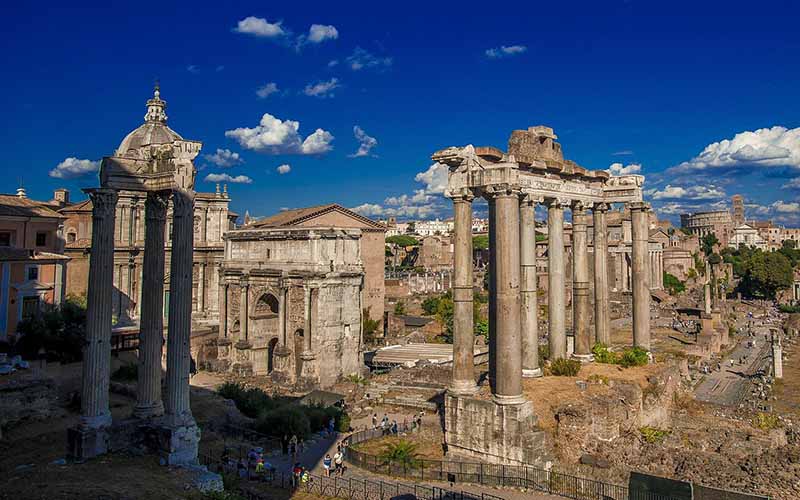
Italy is a country blessed with a rich and unique culture. It was at the epicenter of the Western World right from the mighty days of the Roman Empire until almost the end of the 16th century. So many events have played a pivotal role in the key chapters of Italian history. If you are a tourist visiting Italy on a visit visa, you are in to learn the numerous global historic milestones.
The rise of the mighty Roman Empire, the emergence of the Roman Catholic church, the cultural ebullition of the Renaissance, and the birth of humanism have been key elements of Italy’s history. We will walk you through the key Italy history facts that may or may not have had a positive impact on the Italian culture, right from the rise of Rome to the Renaissance, the Risorgimento, and World War II battlefields.
Brief History of Italy
Italy has a rich and complex history spanning more than three thousand years. The first major civilization was that of the Etruscans, who dominated central Italy between 800 and 300 BCE. Though little remains of their culture, they left an indelible impact on Roman civilization. The Roman Empire was centered on Italy; Rome itself was founded in 753 BCE and gradually conquered the rest of the peninsula. Rome grew into an immense and powerful empire that dominated the Mediterranean until its fall in 476 CE.
After Rome’s collapse, Italy became fragmented into city-states and territories, which were later conquered by foreign powers like Spain, France, and Austria. But the entire peninsula was eventually unified under the Kingdom of Italy in 1861. Italy endured the fascist regime of dictator Benito Mussolini during World War II. After the war, Italy abolished its monarchy and became a democratic republic and founding member of what would become the European Union.
Italian History and Culture
Italy’s historic legacy had a profound influence on Western culture. Ancient Rome laid the foundation through its engineering feats, legal code, mythology, Latin language and alphabet, art, architecture, philosophy and government. The Catholic Church, centered in Rome, also played a major role throughout the Middle Ages. During the Renaissance period (14th-17th centuries), Italy was the epicenter of a revival in art, architecture, science and literature. Gothic, Baroque and especially Romanesque styles emerged and dominated European art. Great Italian polymaths like Leonardo da Vinci, Michelangelo and Galileo made immense contributions in fields spanning mechanics, astronomy, anatomy and sculpture.
Italian culture places importance on family, food, art, architecture, music (especially opera) and fashion. Pasta, olive oil, wine, cheese and gelato are culinary staples perfected over Italy’s long history. Italian cuisine varies by region but is revered worldwide. Many famous worldwide brands of sports cars, fashion, machinery, and other goods are Italian. Italy’s rich cultural legacy continues to have lasting worldwide influence in the modern age
Italy’s History – Some of the Key Milestones
The Etruscans and the conceptualization of Rome
Italy was initially shared by people who belonged to multiple backgrounds. There were small Greek colonies dotting the southern coast and the Sicily islands by 500 BC. The Etruscans hailing from western Turkey settled down in central Italy, establishing numerous city-states in the process that is now modern-day Bologna. The Etruscans have not left much left behind for us to know much about them except that they thrived for a brief period that led to creating a civilization that led to the fondness of bold architectural elements like stone arches, aqueducts, paved streets, and sewers down the years.
There is a saying that twins Remus and Romulus were instrumental in founding Rome in 753 BC, even though the expansion of Rome and its Imperial beginnings have a history dating back to 350 BC. It aligns with the conquest of the former Mediterranean power, the Etruscans. This empire dominated the entire European region for 800+ years until the fall of its empire in 475 AD. Post which, Italy became a congregation of multiple city-states for the next millennium.
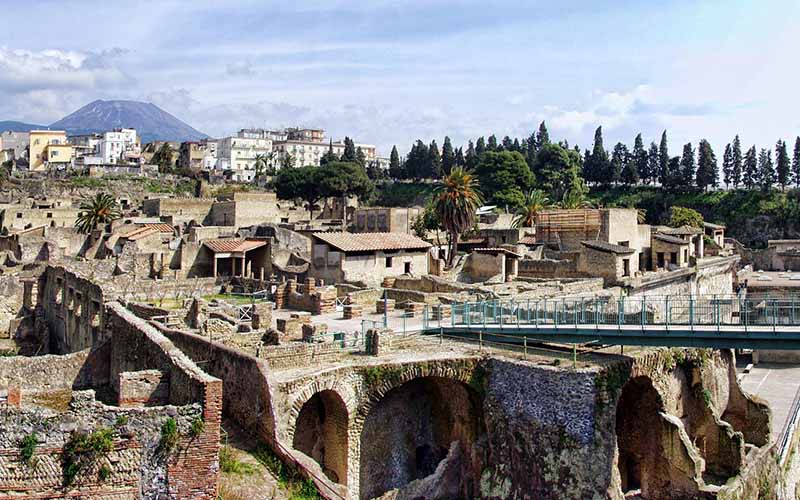
The Foundation of Rome city
The twin brothers claimed to be the son of war gods Mars and were raised as infants by a she-wolf. Romulus defeated Troy’s army and wanted to replicate the mantle of the ancient city in Rome. However, a disagreement with Remus on this subject led to Romulus killing his brother to declare himself the first king of Rome. Rome saw the rise and fall of seven reigns until 509 BC, when the last king was overthrown, leading to the formation of the Roman Republic. This led to two powers being formed: a Senate featuring wealthy aristocrats and a lower assembly representing the common man who ruled Rome but with limited power. However, the rise of Rome as a small city-state to take over the entire territory of Italy gave this government system a major strain.
Ancient Rome’s golden days have been etched as Italy’s historical facts began after the conquests of Carthage, and the Macedonian empires bought a wonderful fusion of Roman and Hellenistic cultural elements to Italian history, which was initially dominated by the rural Roman elite. However, Rome was in deep crisis by the first century BC. A slave named Spartacus, led by common people held a revolt against the aristocratic rule of the patricians. After the assasination of Julius Caesar, Rome dissolved into a plethora of dictatorships. Julius Caesar’s nephew, Octavius, also known as Emperor Augustus rose to power in 29 BC after an inherit-long struggle for power.
Suggested Read: Things to do in Rome during your Italy visit
The onset of the Roman Empire
The zenith of the Italian civilization began with the rise of Augustus Caesar, widely accepted by the Italian population as the beginning of the great Roman Empire that also gave rise to Roman literature. The iconic poets such as Ovid, Horace, and Virgil had written texts that are regarded as among the classics in today’s modern world.
The rule of Augustus Caesar was synonymous with a twin-century period of peace and prosperity, during which Rome made little effort to expand further. One rare instance was Britain’s conquering by order of Emperor Claudius in 47 AB. However, by 395 AD, the Roman Empire was split into two halves – the East and the West, with the western side facing an increasing barbarian invasion, and by 476 AD, it was defunct. Soon, Italy fell to the claws of Attila the Hun but was able to re-establish itself thanks to the Byzantine Emperor Justinian in 553, but short-lived for 19 years only.
Italy featured several city-states during the medieval and the Middle Ages, including the Papal States, which destabilized themselves with internal conflicts and several European raider invasions. As a result, Florence, Genoa, and Venice became supreme powers with an increased wealth that gave rise to the magnificence of Renaissance artists. Many modern Italian museums also feature the masterpieces of these popular Renaissance artists such as Leonardo, Michelangelo, and Rafael. Their work was inspirational in many architectural designs and in the future.
Napoleon and French domination
With the onset of the 16th century, Italy was dominated by major European powers until 1796, when Napoleon broke the stranglehold around the region. Napoleonic Italy and the French became a reality from 1800 to 1814. The Pope excommunicated the French uprising in 1815 that led to their arrest and sent them across the border post, where the Austrians once again regained power.
After several centuries of unrest, there was finally some stabilization of united Italy, mainly led by Garibaldi. Revolutionary riots broke out in 1848, followed by 18 months of non-stop violence and drama that lasted almost 11 years until 1859. Napoleon III fought a year-long war against the Austrian, who repeatedly desperately tried to regain their lost power status. Finally, however, in 1860-1861, under the reign of King Victor Emmanuel I, Italy became a unified power country.
Suggested Read: Italian Cuisine to try when touring Italy
World War I
World War I, between 1914 and 1918, had little impact on the country, but World War II had a strong impact due to the rise of Fascist dictator Benito Mussolini, who got Italy into conflict in 1940 for supporting the Nazi Germans. As a result, Italy became a war zone, all thanks to the Allied forces who arrived in Sicily and slowly and steadily made their way to the mainland despite strong resistance from the German army. In 1943, after Mussolini changed sides by signing a treaty with the Allies, he was soon imprisoned by the Italian aristocrats and eventually executed with his mistress in April 1945. This is a key chapter in Italy’s history as it led to a major transformation in how Italy progressed in the years to come.
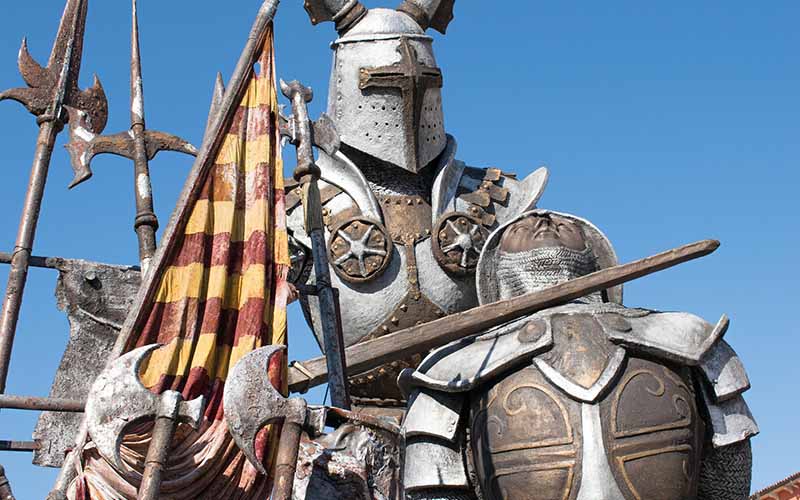
World War II and beyond
After World War II, Italy rejected fascism and was widely accepted as a republic that helped develop the fundamentals of the Italian economy, leading to a boom between 1950 and 1973. Several industries flourished, and key infrastructure and energy elements were incorporated, even though for a brief period between 1970 to 1980, Italy was in social conflict, including terrorism that threatened prosperity. The Italian economy became a strong supporter of the European Union, which led it to be a strong economy with extended support from the United States and extended loans from the Marshall Plan. The second republic led by Silvio Berlusconi in 2008 has now become the center of its fragile economic status. Today, Italy stands among the top prosperous and democratic European nations.
Facts About Italy Known for Its Rich Culture and History
- Italy is home to the greatest number of UNESCO World Heritage sites with 58 cultural and natural wonders recognized.
- Italy has given rise to many influential Italians spanning a wide variety of fields and time periods: Roman statesman Cicero, astronomer Galileo, explorer Marco Polo, artist Michelangelo, political theorist Machiavelli, navigator Christopher Columbus and opera composer Verdi.
- Italy has more masterpieces per square mile than any other country as the birthplace of the Renaissance period. Cities like Florence and Venice flourished with patrons like the Medicis financing the work of artistic geniuses.
- The first university in Europe was established in Bologna, Italy in 1088 and still exists today after more than 900 years focusing on law, arts, linguistics, psychology and political science.
- The longest reigning republics in history existed during the Renaissance in the merchant cities of Venice and Genoa which thrived for over 1,000 years.
- Rome’s Colosseum, where gladiators clashed in front of crowds of 50,000 spectators nearly 2,000 years ago, still stands as an architectural and engineering achievement today as Italy’s most popular tourist attraction.
- The Catholic church exerts more influence on Italian culture and politics than any other nation given the headquarters of the church is the Vatican City located within Rome.
Suggested Read: Italy Visa Information for Indians in the UAE

